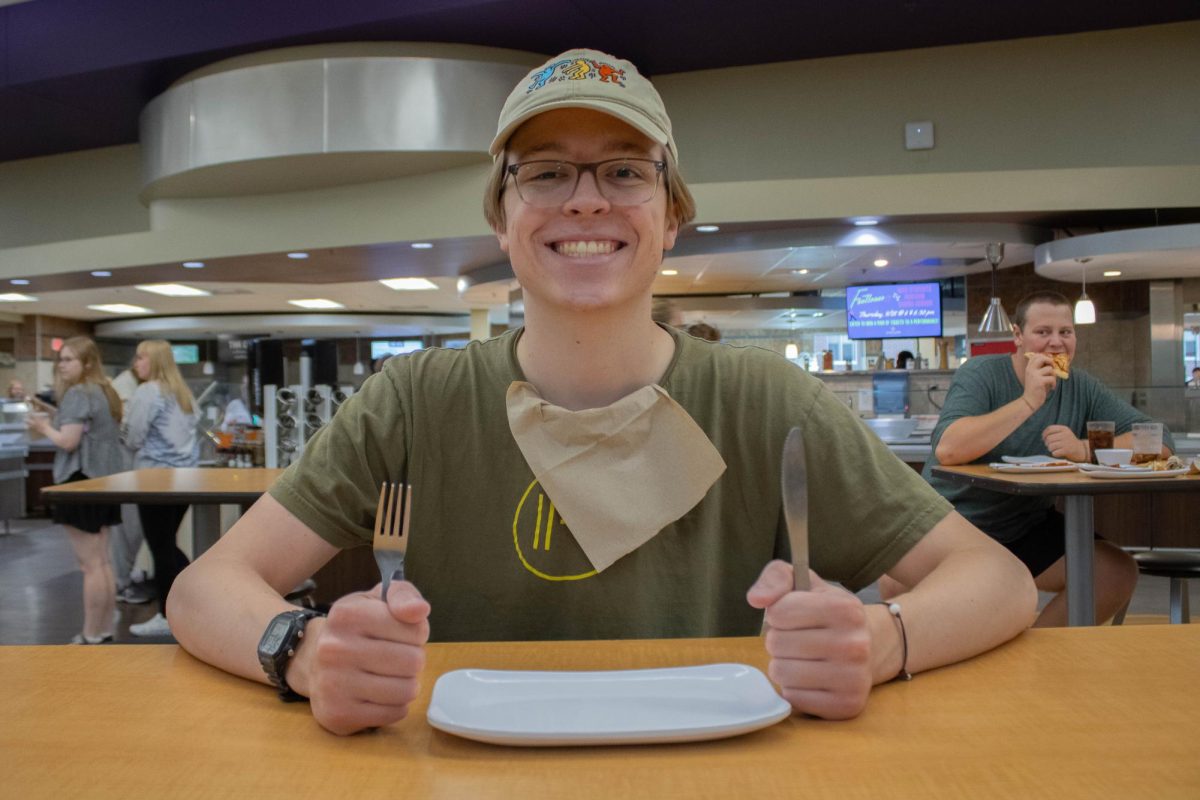CONTRIBUTED BY ABBY PESCHGES
In last week’s issue of the Winonan, the staff published a letter to their readers apologizing “to anyone who felt offended,” and for “the misinterpretation of the photo” that was featured on the front page relating to the main story over the assaults that happened on Aug. 22.
There was also a letter by professor Fredrick P. Lee claiming that the photograph was an “example of cultural incompetence” that “reinforces the pervasive stereotype of hooded black male predators.”
I would like to respectively disagree with professor Lee, and I do not believe the apology was necessary.
To begin with, I am a 22-year-old white female from Rochester, Minn. I do have prejudices, and I do find myself giving into stereotypes. But I was taught to always give people the benefit of the doubt. I am no stranger to be judged for my physical appearance, and I don’t pretend I don’t judge people on theirs no matter how much I try not to judge them.
There has been a lot of attention brought to the mainstream media about crimes of prejudice against black males, particularly teens, when they are involved in a confrontation with police officers. The two most notable are Trayvon Martin and Michael Brown. These are only two of many instances of this kind that have happened and are happening in the U.S., and this is a complete tragedy.
Growing up with an interracial marriage in my family, I have learned how people react to something that goes against their social norms and mores. I have also learned not everything is meant as an insult.
The photo features an unidentifiable figure wearing a sweatshirt with the hood up in grayscale. By the stature of the figure, it can presumably be a male. The lighting of the photo originates from behind the figure, casting shadows on the front of the body and under the hood where the face would be. The photo is meant to inspire uneasiness and fear, something I’m sure the three victims felt when they were attacked. As none of the assailants were caught or identified, there is a representation of a void. A black-hole where there should be answers.
Also, the photo is based off a safety alert sent by email to all members of the university. The three assailants were described as male, all about 5 feet 10 inches. Though none of the men were wearing a sweatshirt, I feel that it was a good decision of the photographer in order to create the intimidation that it meant to do, by creating a faceless person.
This is not a photo of a black man in an intimidating stance trying to invoke the same emotion. It is a bodiless figure with no face or any identifiable features. It is literally a sweatshirt in grayscale. I am curious to see how those against the photo would stage an interesting, eye-catching photo that represents the emotion of the victims.
The article that the photo references describes what a fellow WSU student did to help those in his community feel safer following the attacks. It does not mention the descriptions of the assailants or the victims or even mention the race of any parties involved. The article is about how people felt threatened, and so they acted.
Though I don’t want anyone to be offended by a photo or feel personally attacked, I don’t think it is necessary for a newspaper to apologize for the misinterpretation. In the 1960s and 70s, a literary theory that focused on reader response developed. This school of thought focuses not on author intention, but responses to the works.
Perhaps in regard to this photo, our discussion should not be on the Winonan’s apparent “appalling lack of recent events” when publishing a photograph they think illustrates the emotions of the article being represented, but instead focused on why some people feel intimidated and others feel insulted.




























































